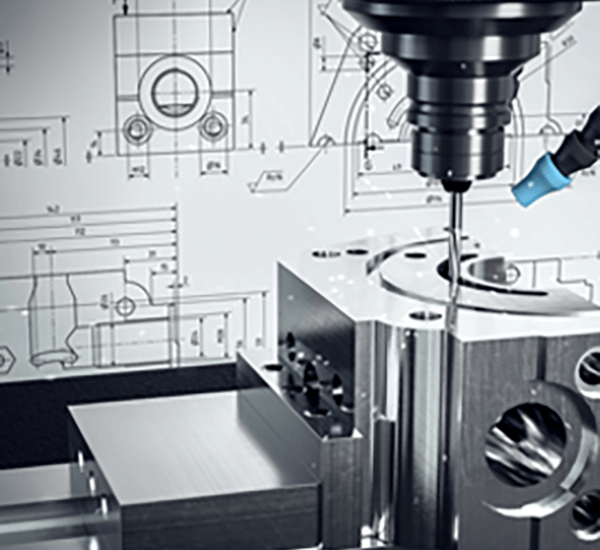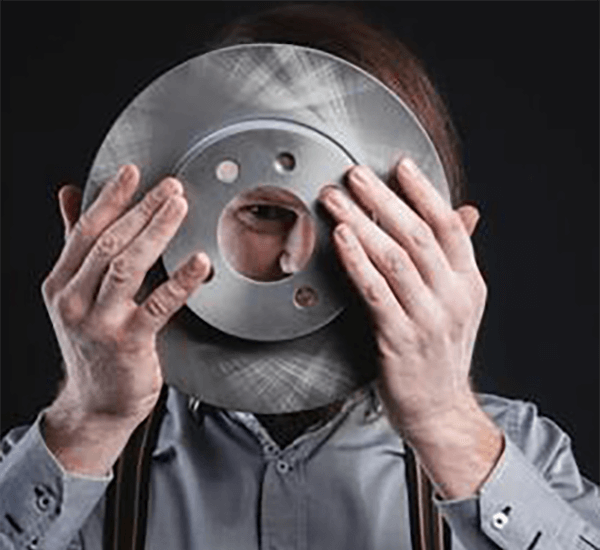
Attaining target exterior polish for a CNC part is vital.
- Surface finish callouts in engineering drawings provide the exact specifications for the finish of a part
- Engineers often specify Ra (average roughness) to numerically define surface irregularity
- Grasping callout meaning is essential to make parts conform to design intent
- Chosen finish influences lubrication retention, friction behavior, and part life
- It is essential to interpret the specific callout to achieve the desired outcome
CNC Machining: Precision Engineering Defined

Programmed machining operates as a leading production process by leveraging computer-aided programs machines execute intricate designs with remarkable accuracy.
- CNC systems permit manufacture of precise components from diverse substrates
- Adaptable CNC processes fit the demands of aerospace, automotive, and medical markets
- CNC machining delivers exceptional repeatability ensuring identical parts across production runs
Across prototyping through full-scale production CNC machining serves as a cornerstone in contemporary manufacturing
Reading CNC Machine Specs
Grasping machine spec language may feel tough at first
In contrast, measured learning and order help you traverse technical specifications
Commence with recognizing main metrics: spindle rpm, feed, precision, work volume, control system
All attributes together shape the system’s production performance.
Illustratively, greater spindle rpm aligns with softer workpieces; increased feed raises manufacturing pace.
Understanding these relationships will allow you to select the right CNC machine to match your specific requirements
Make sure to read supplier manuals attentively.
Manufacturer docs typically supply key details and decode technical phrasing
CNC Machines Explained: A Full Guide
Computer numerical control machines denote software-driven tools for precise automated fabrication of many substances They accept digital G-code to steer tools and control machining actions.
- Representative CNC types cover milling tools, turning machines, routers, plasma cutters
- CNC workflows handle steels, aluminum, plastics, woods, and composite laminates
- Moreover CNC platforms enable rapid model creation and small-batch production for SMEs and R&D teams
Understanding CNC Machinery
They illustrate synthesis of mechanical precision and computerized control logic Programmable machines execute software-driven fabrication of straightforward components and complex constructions The basic principle involves transforming CAD models into real-world components.
- Programmed machining process
- CAD-to-CAM integration
It performs sequenced precise axis operations dictated by program Machine operators handle parameter selection, process monitoring, and quality confirmation.
Influence of Finish on CNC Operations
Meeting set surface quality in CNC work is significant It greatly affects the final product's performance as well as its aesthetics Substrate properties, machining variables, and post-process methods shape surface outcome.
Polished textures increase lifespan; rough finishes may lower effectiveness Programmed machining features assorted toolpaths and cutters to deliver specified finishes.
- Consider using alternative cutting shapes |cermet inserts|spindle rpm choices to produce target surface
- Secondary operations like sanding, grinding, or polishing boost finish
Understanding parameter influences helps attain the desired surface quality.
CNC Basics — Operation and Uses
This precise method uses computer-guided machinery to sculpt components from diverse substrates They follow G-code sequences to generate complex parts reliably Basic knowledge of machine operation, G-code, and tooling selection plays a vital role in success
CNC serves diverse fields including aerospace, automotive, manufacturing, and electronics From engine components to precision tooling, CNC enables production of sophisticated geometries
Surface Finish Specification Guidelines
Exact finish callout is important for CNC component manufacturing It verifies compliance with intended functional and aesthetic goals Engineers generally specify surface quality using the Ra roughness notation Noted in microns or millimeters, the value quantifies average texture height.
Evaluate both finish smoothness targets and the operational application before specifying

Smooth textures are commonly specified for components demanding precise fits and tolerances
Textured surfaces may be selected to improve grip or frictional engagement
Include unambiguous roughness values in drawings to specify finish demands Enter the Ra specification and describe any post-process finishing or treatments.
Recall that well-defined roughness notes help ensure production success
Classification of CNC Machines and Uses
Machine shops deploy varied CNC equipment tailored to many distinct production tasks These versatile tools utilize computer-aided design (CAD) software to control cutting tools enabling precise and efficient fabrication of components.
- Drills bore precise holes with controlled feed and speed
- Lathes excel at producing round parts such as shafts rods and bushings
- Laser systems produce fine kerfs and detailed shapes in thin materials
Select machinery by weighing material, complexity, and tolerance needs Every machine class brings specific strengths that serve sectors like aerospace and automotive.
Achieving Optimal Surface Finish with CNC Machining
Obtaining fine surface quality is important and CNC technology delivers consistent control to attain it With deliberate feed-speed-tool strategies professionals steer cutting dynamics to achieve smoother surfaces Plus durable cutting materials and appropriate coolant control boost finish quality Appropriate strategy choice combined with accurate setup produces excellent surface outcomes.
Securing Surface Finish Through CNC Programming
Tuning code to influence finish plays a central role in meeting quality aims Cutting parameter selection—feed, speed, tool geometry—controls surface finish Precise setting selection and effective coolant control support high-quality finishes.
- Moreover scheduled tool maintenance and inspection preserve surface performance Furthermore regular tool maintenance and inspection are essential for ensuring a consistent and high-quality surface finish over time Besides that systematic tool upkeep and monitoring ensure sustained surface quality
- To improve surface outcome account for material, roughness target, and application
- Simulated machining supports parameter refinement to mitigate surface issues
- Additionally routine tool checks and upkeep maintain consistent finish quality
